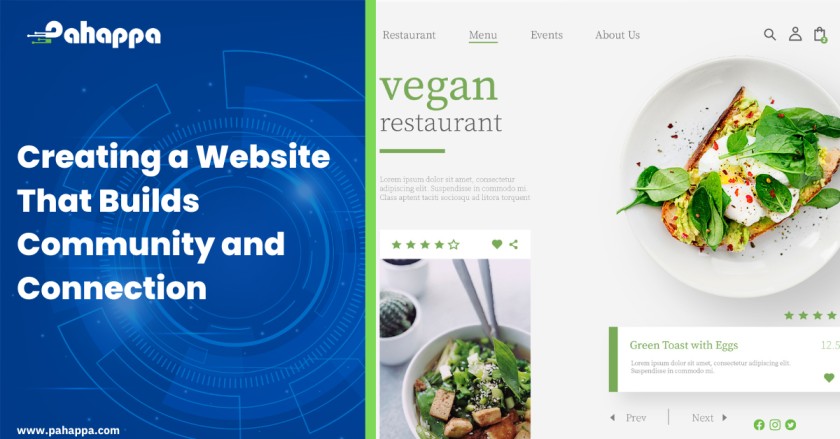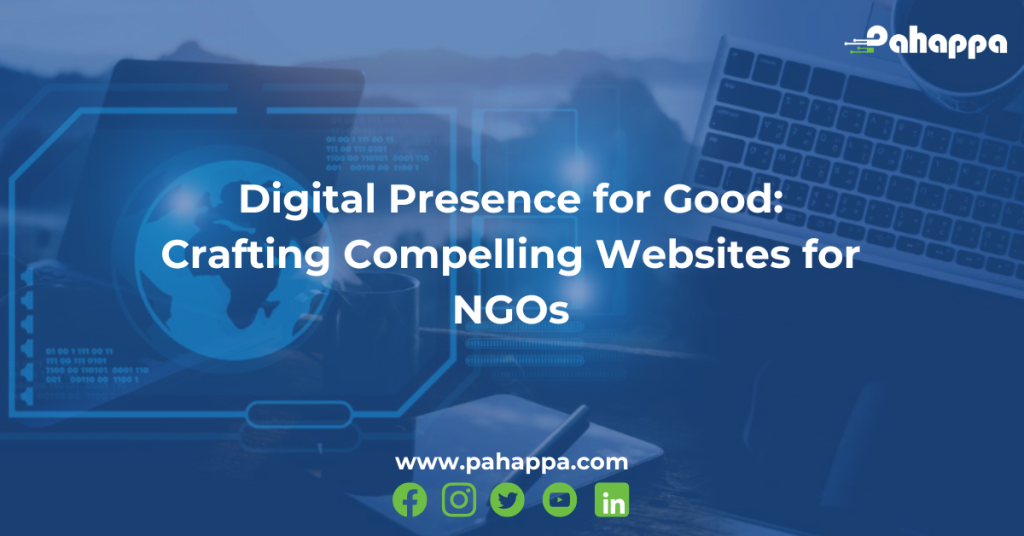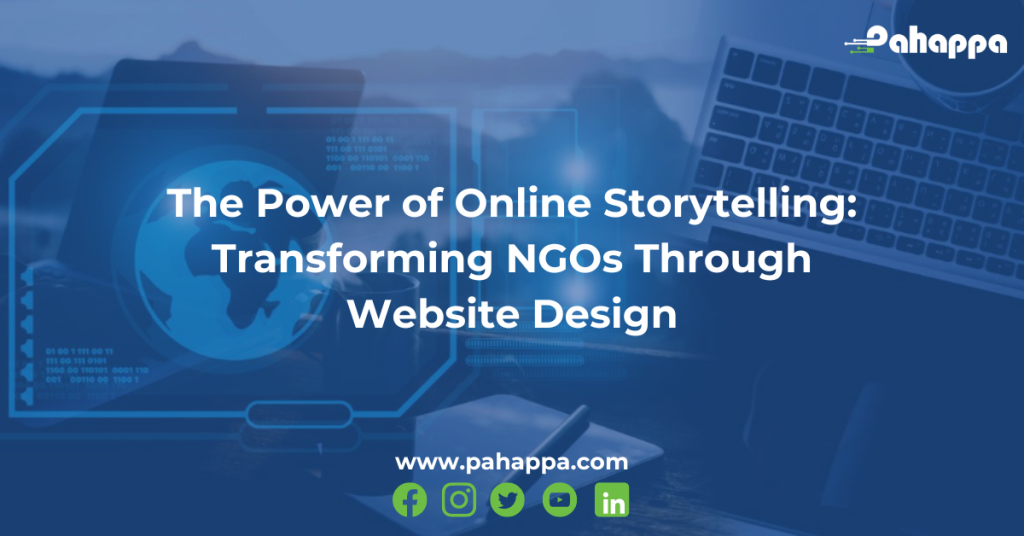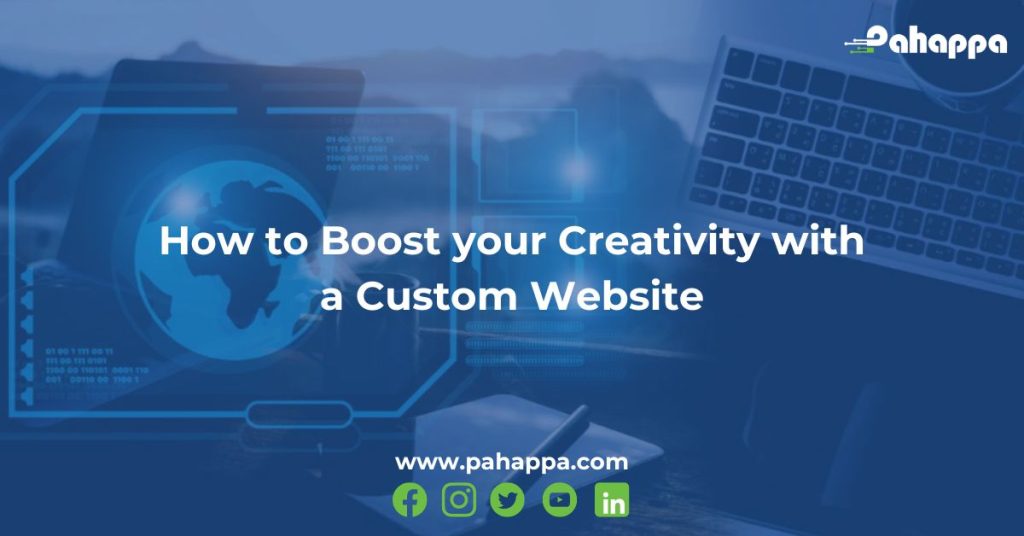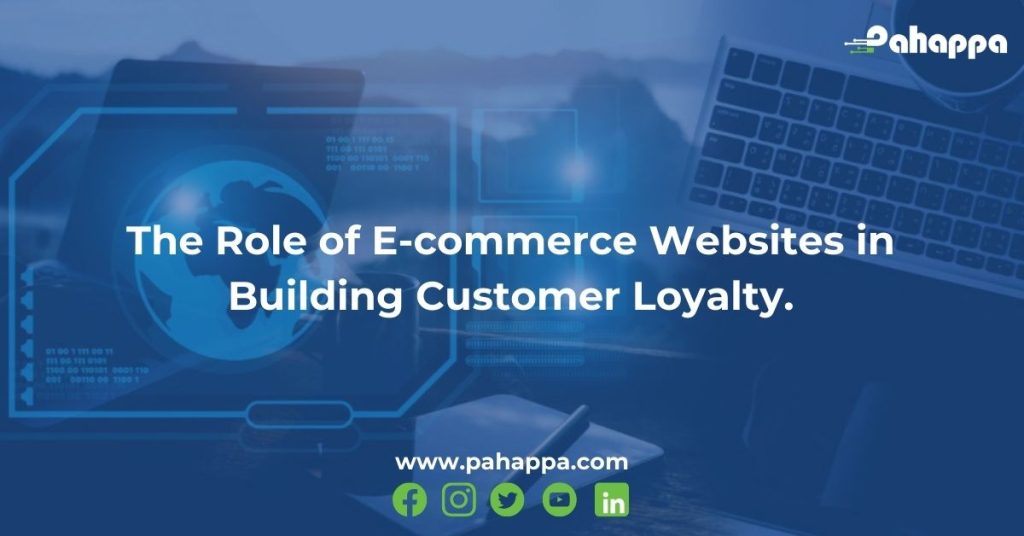Have you ever wondered how to create a website that not only promotes your business or personal brand but also fosters a sense of community and connection among its visitors? In today’s digital age, where social interaction happens online more than ever before, building a website that inspires engagement and collaboration is essential. In this article, we explore some of the strategies you can use to develop a website that brings people together, helps them connect, and ultimately drives growth and success for your business or personal brand.
What Does Creating a Website That Builds Community and Connection Mean?
Creating a website that builds community and connection means designing a website that fosters a sense of belonging and engagement among its users. This can be achieved through various features and strategies such as creating a user-friendly interface, providing personalized content and recommendations, facilitating user interaction, and encouraging user-generated content.
A key aspect of creating a website that builds community and connection is ensuring that the site’s content and messaging align with its users’ values and interests. This can be accomplished by conducting user research and incorporating user feedback into the site design and content.
Ultimately, the goal of creating a website that builds community and connection is to create a space where users feel a sense of belonging, are able to connect with others who share their interests and values and are motivated to engage with the site and its content over the long term.
Strategies for Creating a Website That Builds Community and Connection
- Identify your target audience
Before you start designing your website, it’s important to identify your target audience. This involves understanding their interests, needs, preferences, and values. You can do this by conducting market research, analyzing user data, or creating user personas. Once you have a clear understanding of your target audience, you can create content and features that are tailored to their preferences and will resonate with them.
- Define your website’s purpose and values
Your website should have a clear purpose and set of values that guide its content and messaging. This involves defining the mission of your website, the specific goals you want to achieve, and the values that you stand for. This will help you create content and messaging that aligns with user interests and values and will create a sense of purpose and direction for your website.
- Create a user-friendly interface
A user-friendly interface is crucial to building a website that fosters community and connection. Your website should be easy to navigate, visually appealing, and accessible on different devices. This involves designing a clear and consistent layout, using intuitive navigation menus, and using high-quality images and graphics. You should also optimize your website for performance and speed, to ensure a smooth user experience.
- Encourage user-generated content
User-generated content is a key driver of community and connection on a website. This involves creating features that allow users to share their experiences, opinions, and ideas with others. This can include discussion forums, chat rooms, or social media features. You should also encourage users to create and share their own content, such as blog posts, videos, or photos.
- Facilitate communication and interaction
Communication and interaction are essential to building a sense of community and connection on your website. This involves creating features that allow users to communicate and interact with each other, such as private messaging, commenting on posts, or creating groups for users with similar interests. You should also encourage users to engage with each other, by asking questions or prompting discussions.
- Provide personalized content and recommendations
Personalization is a key element of building community and connection on a website. This involves using data and analytics to provide personalized content and recommendations to users. You can use data such as browsing history, search queries, or user preferences to recommend content or products that are relevant to the user’s interests. This can help keep users engaged and coming back to your website.
Benefits of Creating a Website That Builds Community and Connection
- Increased engagement
When users feel like they are part of a community, they are more likely to participate in the activities and discussions on the website. This could take the form of commenting on blog posts, participating in forums, or contributing user-generated content. All of these actions can lead to increased engagement and a more active user base. This, in turn, can help to increase the website’s traffic and overall popularity.
- Greater loyalty
When users feel connected to a community, they are more likely to be loyal to the website and its brand. They may be more willing to recommend the website to others, share its content on social media, or even become paying customers. Building a sense of community can help to foster this loyalty and create a stronger bond between the website and its users.
- Increased trust
When a website fosters a sense of community, users are more likely to trust the information provided on the website. They may view the website as a reliable source of information or entertainment, and be more likely to return in the future. This trust can also help to build the website’s reputation and increase its authority in its niche or industry.
- More valuable user-generated content
When users feel like they are part of a community, they are more likely to contribute their own content to the website. This could be in the form of comments, forum posts, or user-submitted content such as photos or videos. This user-generated content can be valuable in a number of ways. For example, it can help to increase the website’s SEO by providing more content for search engines to crawl. It can also help to build the brand by creating a sense of shared ownership and collaboration among the community members.
Remember, a website is more than just a digital storefront – it’s a platform to establish meaningful relationships with your audience and build a community that shares your values and vision. Building a website that promotes community and connection is a win-win solution for both your business or personal brand and your visitors. Contact us to start building the website of your dreams today!


